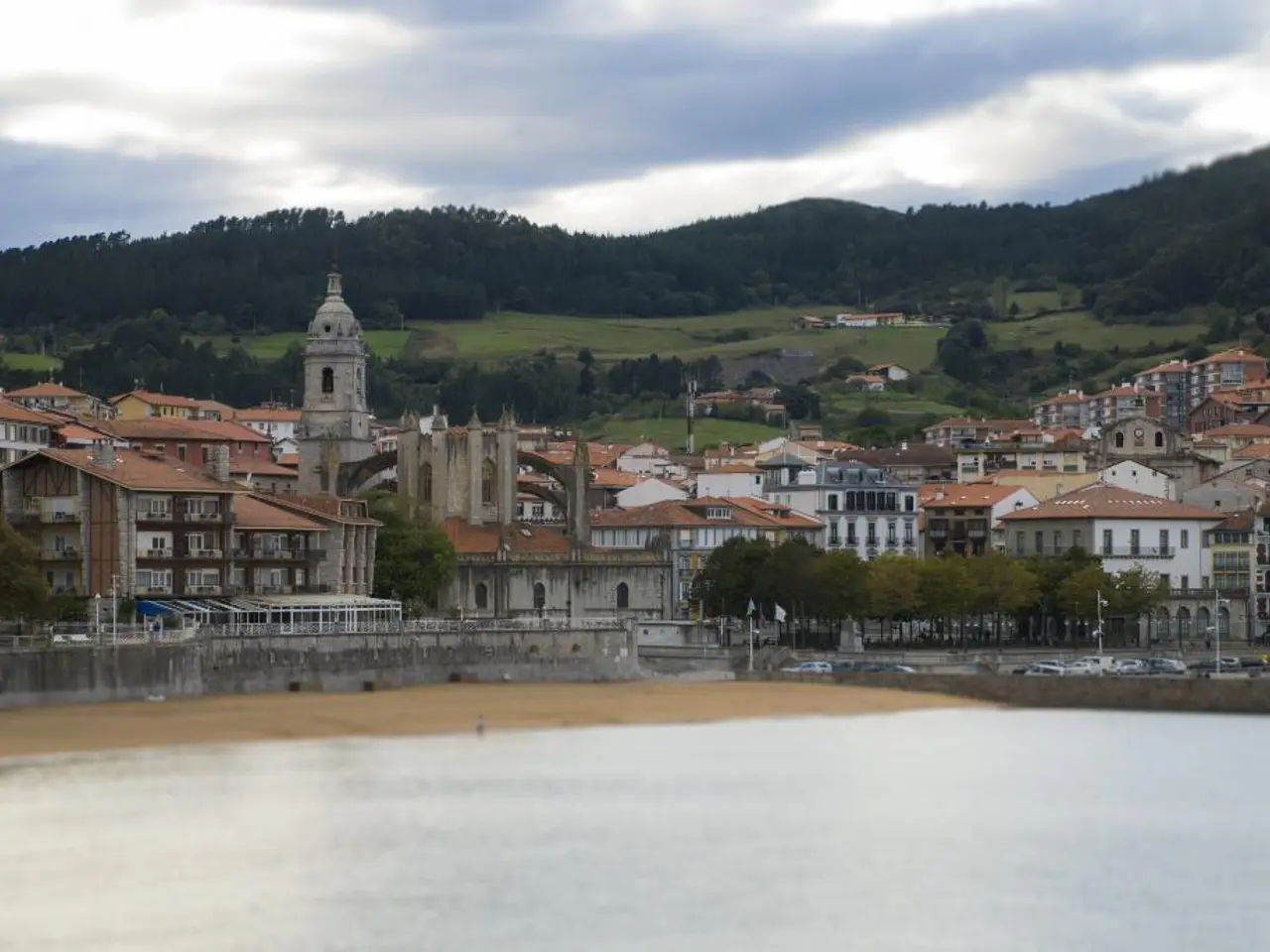Soaring temperatures take a toll on vacationers in the Nordic region
Record-Breaking Heat Waves Pose Challenges for Nordic Countries
Nordic countries, traditionally known for their cool climates, are experiencing an unexpected shift as heatwaves become more frequent and intense. Finland, in particular, set a national record of 22 consecutive days over 30°C during the summer of 2025, marking the longest heatwave since records began in 1961.
According to Ketil Isaksen, a climate researcher with the Norwegian Meteorological Institute, the length and high temperatures of these heatwaves are unusual. This trend suggests a significant warming pattern in northern Europe tied to climate change, with Arctic areas heating faster than lower latitudes. Europe has seen the fastest warming per decade since 1990, followed closely by Asia.
The impacts of these heatwaves are far-reaching. Environmental stress, as evidenced by extremely dry soil conditions and forest fire warnings, is a significant concern. Wildlife, such as reindeer, are also suffering from heat-related stress, with some fatalities reported due to their inability to regulate body temperature effectively in high temperatures.
Tourism is another sector affected. Nordic countries, once popular destinations for "coolcations," have experienced unusually hot weather that has stunned tourists. Even areas inside the Arctic Circle have been affected.
Health issues are a growing concern as well. Heatwaves across Europe have been linked to thousands of excess deaths, and while specific mortality in Finland is not yet quantified, the trend suggests increased health risks related to extreme heat.
Municipal and regional responses to heat-related health challenges have been varied. Implementing heat regulations and safety measures for outdoor workers, advisories on fire safety during extreme drought conditions, and public health warnings encouraging behaviours such as seeking water sources and shade are common responses. However, more detailed localized health interventions are not explicitly described in the current information.
Hannele Korhonen, a research professor at the Finnish Meteorological Institute, explains that climate change is causing an increase in the frequency and intensity of heatwaves. Other cities in Finland have opened cooling facilities for the public, and the municipality of Joensuu in southeastern Finland even opened an ice rink for people to cool off.
However, the strain on healthcare services is evident. Emergency rooms in North Karelia have become overcrowded due to heat-related health issues. An in-depth study is necessary to assess the role of climate change in the prolonged heat wave that struck northern Sweden.
Sverker Hellstrom, a meteorologist at the SMHI, notes that the frequency of such weather events has increased and may continue to rise in the future. As Nordic countries adapt to these changes, more comprehensive and targeted responses will be necessary to protect their ecosystems, wildlife, and citizens.
[1] Finland's record-breaking heatwave: what we know so far [2] Finland heatwave: Helsinki shop lets people lie on cooling shelves [3] Climate change is making heatwaves more deadly in Europe [4] Heatwaves in the Nordic region: a review of impacts and adaptation [5] Arctic heatwaves: a growing threat to ecosystems and people
- The unusual length and high temperatures of the 22-day heatwave in Finland during the summer of 2025, a record since 1961, align with the trends of climate change, indicating a significant warming pattern in environmental-science on northern Europe's climate-change.
- As a consequence of the changing weather patterns due to climate-change, industries such as tourism are adversely affected; Nordic countries, once sought for "coolcations", are now experiencing unforeseen weather conditions like the record-breaking heatwave, surprising tourists even in Arctic locations.








